Simon Auer
Writing truly cross plattform applications using flutter
#1about 5 minutes
Comparing Flutter and React Native for cross-platform development
Flutter uses the Dart language and supports more platforms out-of-the-box compared to React Native's JavaScript-based approach.
#2about 3 minutes
How React Native renders UI with a JavaScript bridge
React Native uses a bridge to translate JavaScript code into native OEM UI components, which can become a performance bottleneck.
#3about 7 minutes
How Flutter uses the Skia engine for direct UI rendering
Flutter bypasses native components by using the Skia graphics engine to paint its own widgets directly onto a blank OS canvas for high performance.
#4about 8 minutes
Live coding a responsive app for multiple platforms
A live demonstration shows how to create a single Flutter codebase and run it on Android, web, and Linux while implementing responsive UI logic.
#5about 2 minutes
Best practices for building cross-platform Flutter apps
Key strategies for successful cross-platform development include using media queries, layout builders, and keeping widgets small and simple.
#6about 3 minutes
Answering questions on Flutter performance and use cases
The Q&A covers topics like Flutter's startup speed, its distinction from Ionic, when not to use it, and its support for native SDKs.
Related jobs
Jobs that call for the skills explored in this talk.
Matching moments

01:26 MIN
Understanding Flutter for cross-platform mobile development
Applying DevOps in Flutter mobile development

00:05 MIN
Dart's history and its modern revival with Flutter
Dart - a language believed dead, experiences a new bloom

00:22 MIN
Exploring the benefits of multi-platform mobile development
Kotlin Multiplatform - True power of native code reuse
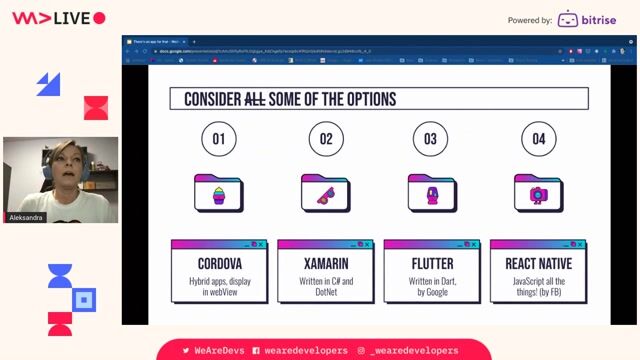
06:06 MIN
Comparing popular cross-platform development frameworks
There's an app for that - on the role of cross platform development in the app development ecosystem

01:11 MIN
Why choose Flutter for cross-platform app development
Intro to Flutter Development

26:55 MIN
Q&A on performance, tooling, and alternatives
Discover .NET MAUI
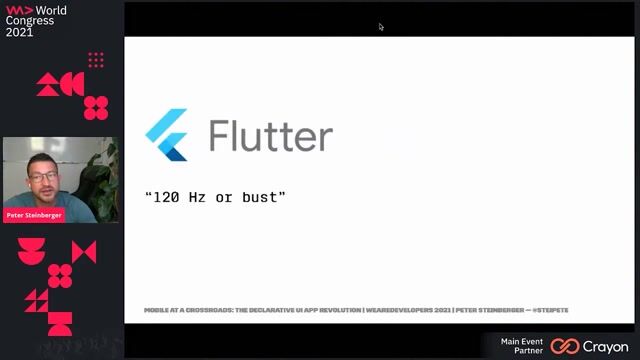
06:10 MIN
Understanding Google's cross-platform approach with Flutter
Mobile at a Crossroads: The Declarative UI App Revolution
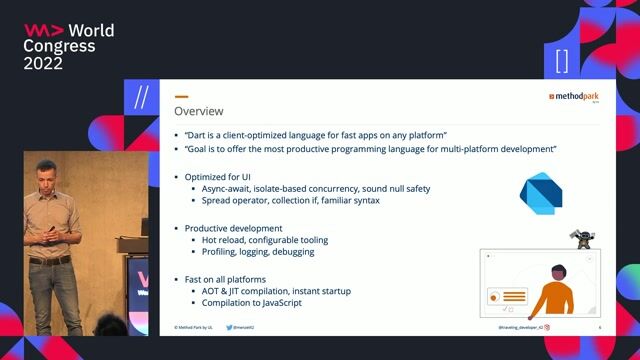
02:37 MIN
Exploring Dart's core principles and performance goals
Dart - a language believed dead, experiences a new bloom
Featured Partners
Related Videos
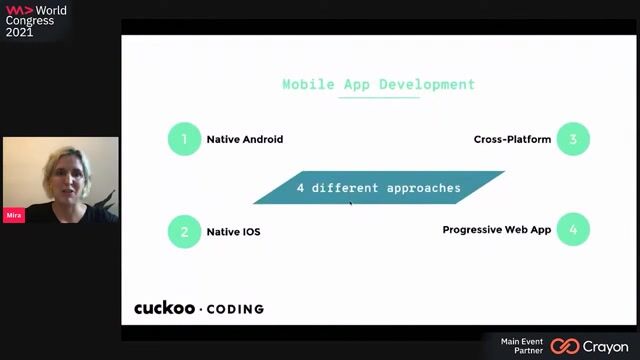 48:32
48:32Intro to Flutter Development
Mira Jago
 43:02
43:02Is Flutter ready for the web yet? - A live coding comparison between Flutter and React
Marcus Wojtusik & Thomas Hinterwimmer
 28:58
28:58Using Serious Tech for a Silly Game - How to Build an MVP with Flutter
Sylvia Dieckmann
 1:00:14
1:00:14Dart - a language believed dead, experiences a new bloom
Christoph Menzel
 44:09
44:09Mobile at a Crossroads: The Declarative UI App Revolution
Peter Steinberger
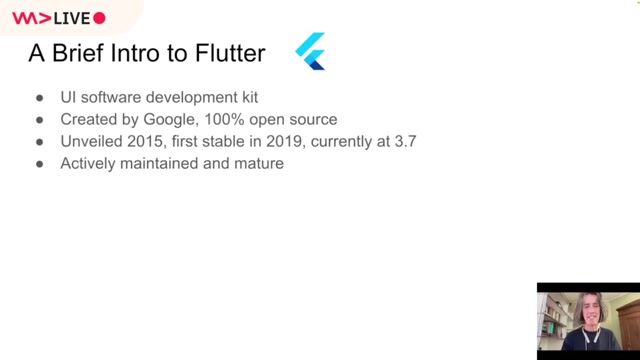 54:48
54:48Flutter Packages and Plugins - A Look Under the Hood
Sylvia Dieckmann
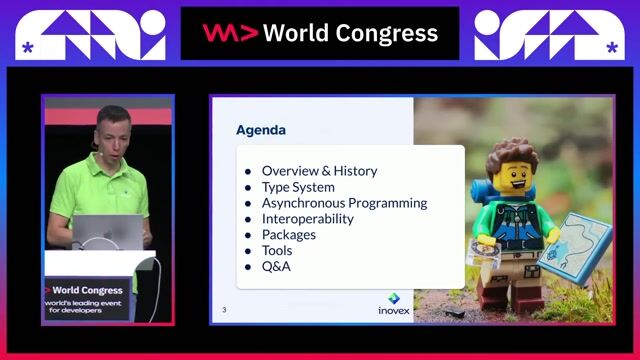 25:13
25:13Dart - a language believed dead, experiences a new bloom
Christoph Menzel
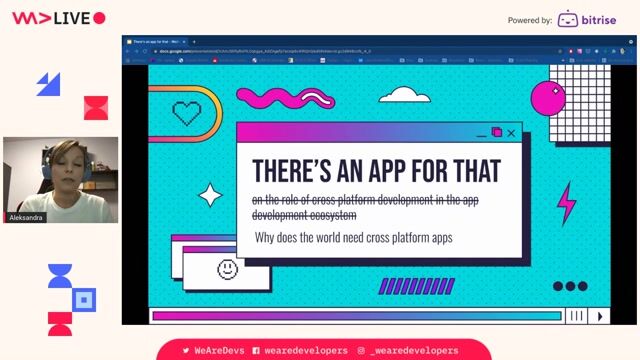 35:09
35:09There's an app for that - on the role of cross platform development in the app development ecosystem
Aleksandra Desmurs-Linczewska
From learning to earning
Jobs that call for the skills explored in this talk.

Senior Software Engineer für App-Entwicklung (m/w/d)
convivo GmbH
Berlin, Germany
€50-75K
Intermediate
Senior
Dart
Flutter

Frontend Softwareentwickler Flutter/Dart Siegen
CONZE Informatik GmbH
Remote
Dart
Flutter
Angular
React Native

IT-Entwickler Web & Desktop (mit Flutter/Dart, PHP, MySQL Erfahrungen)
APEG Automarkt im Allgäu GmbH
PHP
API
CSS
GIT
HTML
+9





Senior Frontend Entwickler (React, Flutter, Node.js)
LH - Recruitment Solutions
€60-75K
Senior
React
Flutter
Node.js
Next.js
+1
